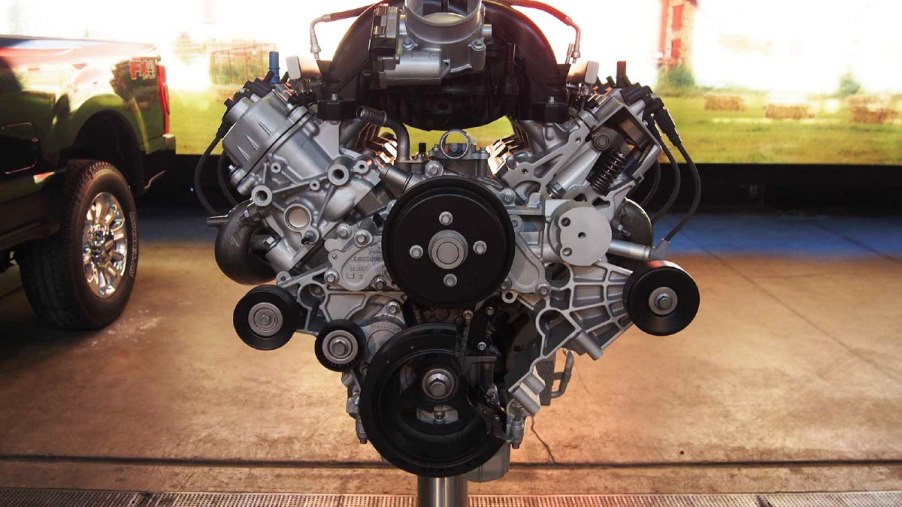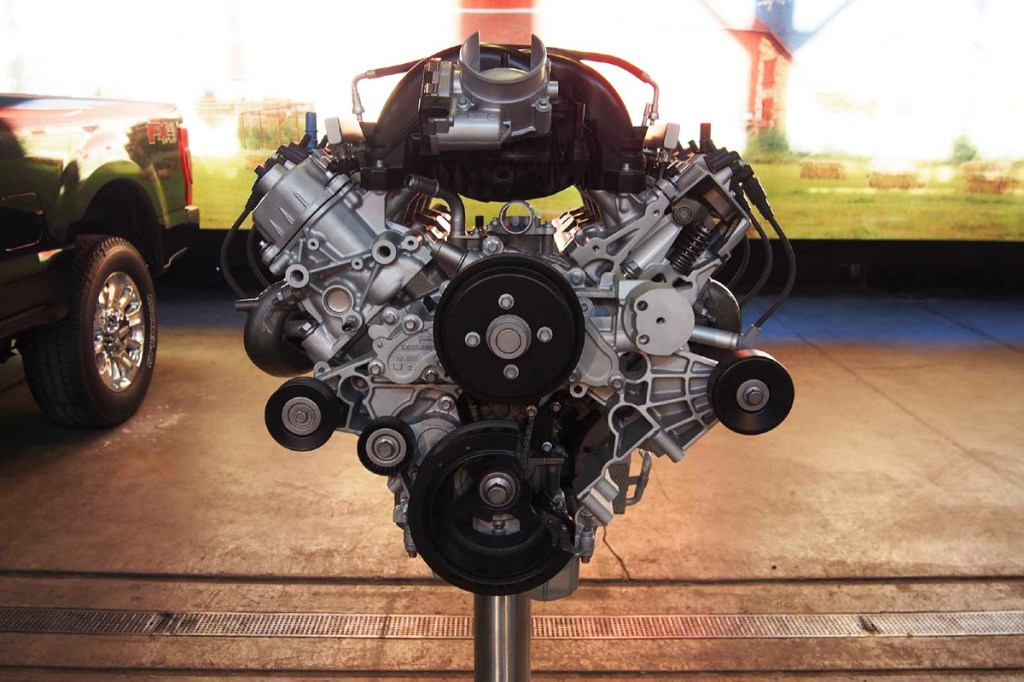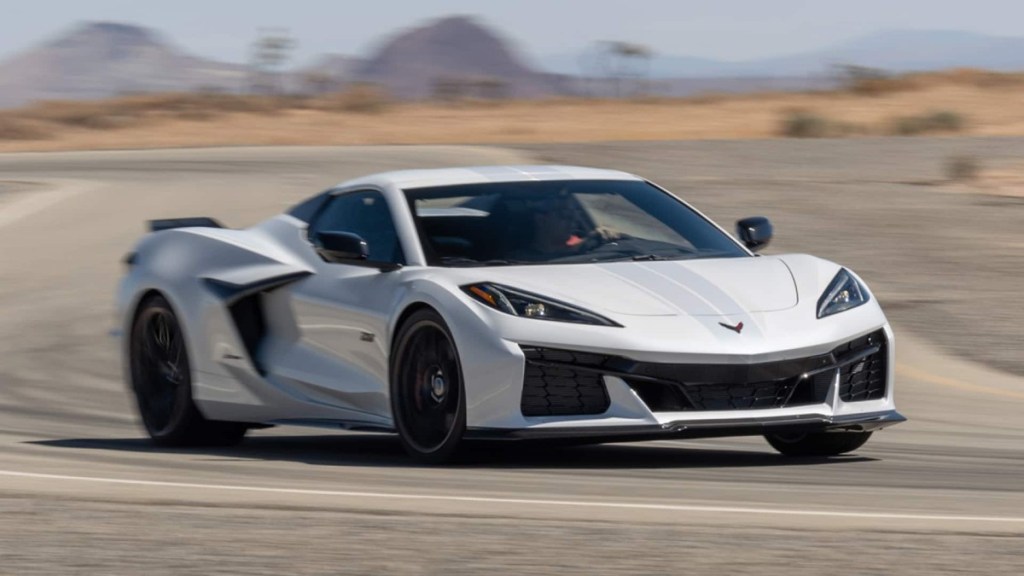
How Soon Could We See the End of V8 Engines?
Before you scream automotive sacrilege on me for suggesting such a thing, it’s pretty easy to see the end of V8 engines in some vehicles looming over our heads. Toyota already turned to a turbocharged V6 engine in the Tundra, Ford has a twin-turbo V6 in the Expedition, and it’s only a matter of time before GM follows suit. These boosted V6s and the onslaught of EVs aren’t the first signs of the end of V8 engines.
When did the end of V8 engines begin?

As strange as it might sound, the start of the end of the venerable V8 engine began in 1973. This is when the first oil embargo hit and gas-guzzling engines made it much less affordable for some drives.
Prior to this, the V8 engine was extremely popular. Look back to the 1950s and 1960s and you’ll see a slew of cars packing big honkin’ V8s under the hood. At that time, there was “no replacement or displacement,” and automakers sought to build bigger and bigger engines. In fact, Cadillac offered a V8 with 500 cubic inches shortly before the OPEC embargo hit.
That’s when it all went downhill for V8 engines.
Are EVs contributing to the end of V8s?
If the end of V8 engines began fifty years ago, this particular power plant is experiencing a slow death. That said, the recent growth and movement toward electric vehicles is only another sword in the coffin for V8s. As ABC News reported in 2021, General Motors announced at least 40% of the U.S. models would be battery electric vehicles by the end of 2025.
This announcement, although a bit dated now, still holds true. We know of several new GM EVs hitting the market for 2024 including the Chevrolet Blazer, Silverado, and Equinox EVs. Cadillac has already given us the Lyriq, Buick is moving to an all-EV lineup, and the GMC Hummer EV truck and SUV are only the beginning.
Isn’t GM investing heavily in the future of V8 engines?

Flip the coin and you see a completely different side. General Motors is one of the largest automakers in the world and must be practical regarding the vehicles offered. Recently, GM announced a large investment into future V8 engine technology. This came on the heels of the new Chevy Corvette Z06 and its incredibly powerful, but more compact V8 engine.
Although the Corvette Z06 isn’t the practical vehicle for future engine development, GM will continue to build and develop V8 engines for its truck and large SUV lineup to ensure consumers have alternatives. It’s not practical to expect all Silverado owners to switch to EVs with questions of towing range and charging times looming. Many GM truck owners use their pickups for hauling livestock, hay bales, and equipment, which EV trucks aren’t ready for yet.
Will we see the end of V8-powered muscle cars?
Most likely, the end of V8 engines will first hit the muscle car world. The first to do so is Dodge with the end of the Hellcat Hemi V8 that’s been at the heart of everything Stellantis (formerly FCA) could stuff this engine into. The recent move away from Hellcat-powered Dodge Challenger and Charger could signal a similar movement for the Chevy Camaro and Ford Mustang.
The end of V8 engines is coming ever closer, but we’re not in a doomsday scenario yet. Unlike people on the courthouse steps with a sandwich sign reading “The End is Near,” we can see continuing value in these engines. Still, once EVs begin to hit the heavy-duty truck market, it might actually be the end of this venerable engine configuration.



